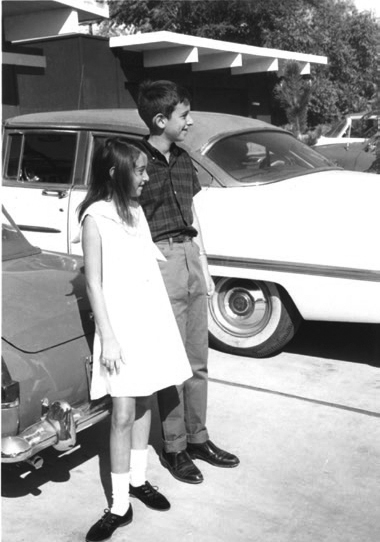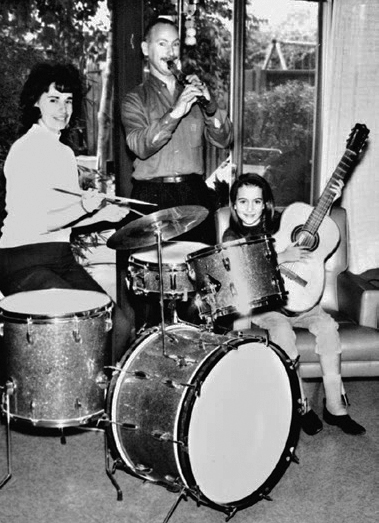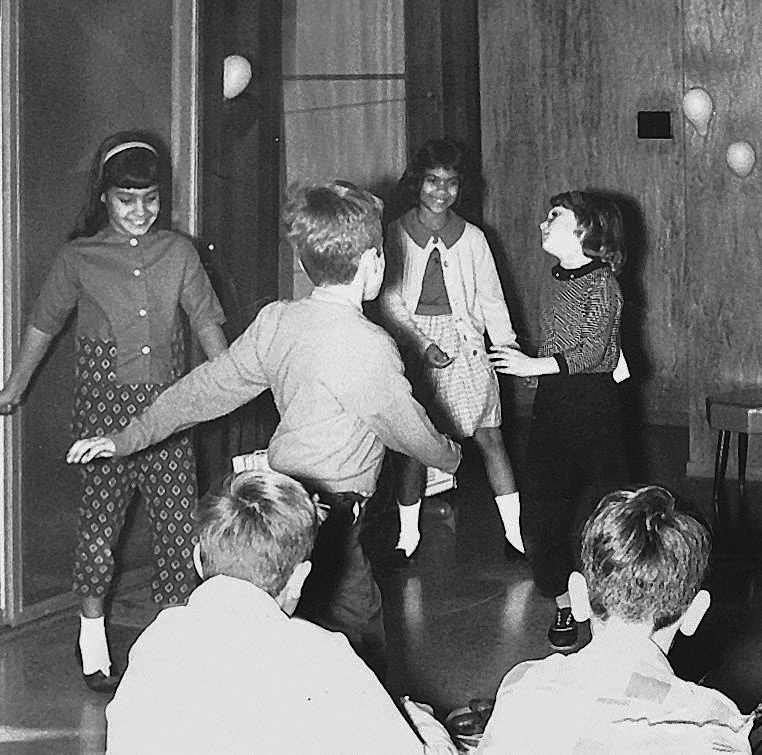If Glass Walls Could Talk - Page 2
 |
But our house was more than a mere structure. For me, our small, modest home was a fifth family member with its own distinct soul. It was a breathing being. A builder today couldn't replicate its spirit, because it was synonymous with a time when space travel and Jetson-style modern living was at our doorstep.
Our Eichler had a pint-sized backyard, two cherry trees, and a barking boxer next door. In the decades of prosperity following World War II, the single-family home came to epitomize the American dream. Suburbs sprouted up like weeds; and weeds—sweet beds of dandelions—sprouted up in front lawns.
The days of several generations living under one roof were over. Now we were an island unto ourselves.
Most houses constructed in the 1960s were the classic L-shape, with small kitchens, living rooms, and a dining area, all separated from each other for privacy.
But our new home was shaped more like a doughnut with an open area—an atrium—in the center. Everything revolved around that open space, which had to be passed through in order to enter the living quarters through sliding-glass doors.
 |
Transparent walls had a downside. Like many of the kids in our neighborhood, I recklessly ran directly into that glass, thinking the sliding door was open.
So much glass, so little judgment. All kids do is run throughout their childhood and not pay attention. I was no different. Ka-boom! Luckily our bones were soft, even if our heads were hard. We survived and carried on.
Eventually, to prevent such catastrophes, most of the adults stuck colorful decals featuring butterflies, daisies, and peace signs on the glass. Those decals, however, never stopped birds from colliding against the glass. Head-on collisions of feathery wings and beaks, accompanied by indoor shrieks, were a regular occurrence in the open atrium.
It was Bay Area barrier-free living at its best—and most dangerous.
Our home sat in a cul-de-sac. It was a cluster of Eichlers in a neighborhood that mimicked Peyton Place; an alcove chock-full of nuts, drama, wild parties, babysitting co-ops, and philandering.
 |
The intriguing cast of characters that lived in the ten adjacent homes—authors, artists, musicians, philosophers, poets, politicians, professors, and architects—became our family of neighbors.
There, Mom and Dad were in musical heaven. They were both jazz lovers and musicians and now had a crop of be-bopping friends and intellectuals to rap with and entertain.
Our family, like many other homebuyers back then, were ready for something light and open after the 1950s, an era that was in many ways dark and closed. With its windowless frontage, and despite the brightly colored front door, our Eichler was an understated shoebox-like structure from the street.




